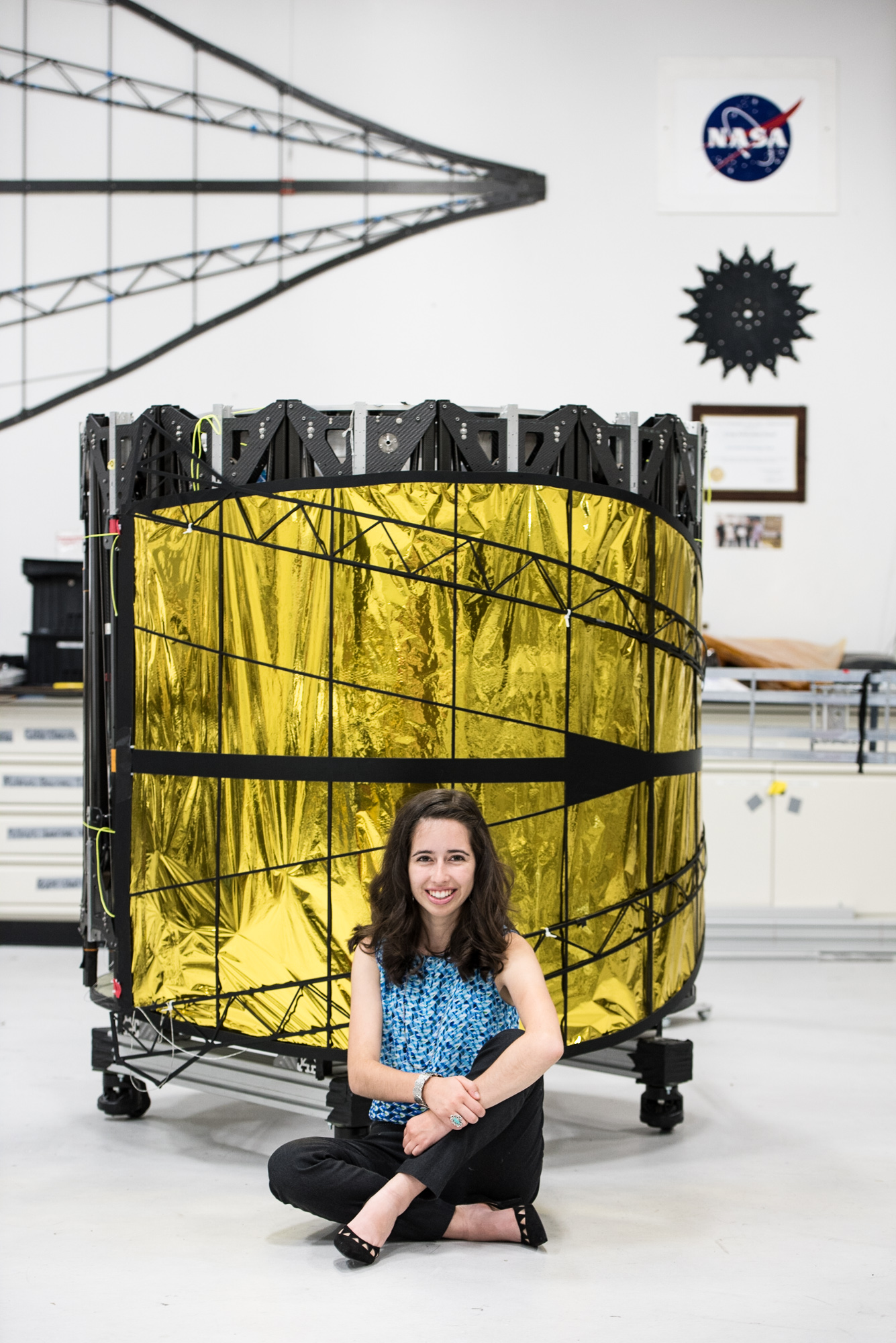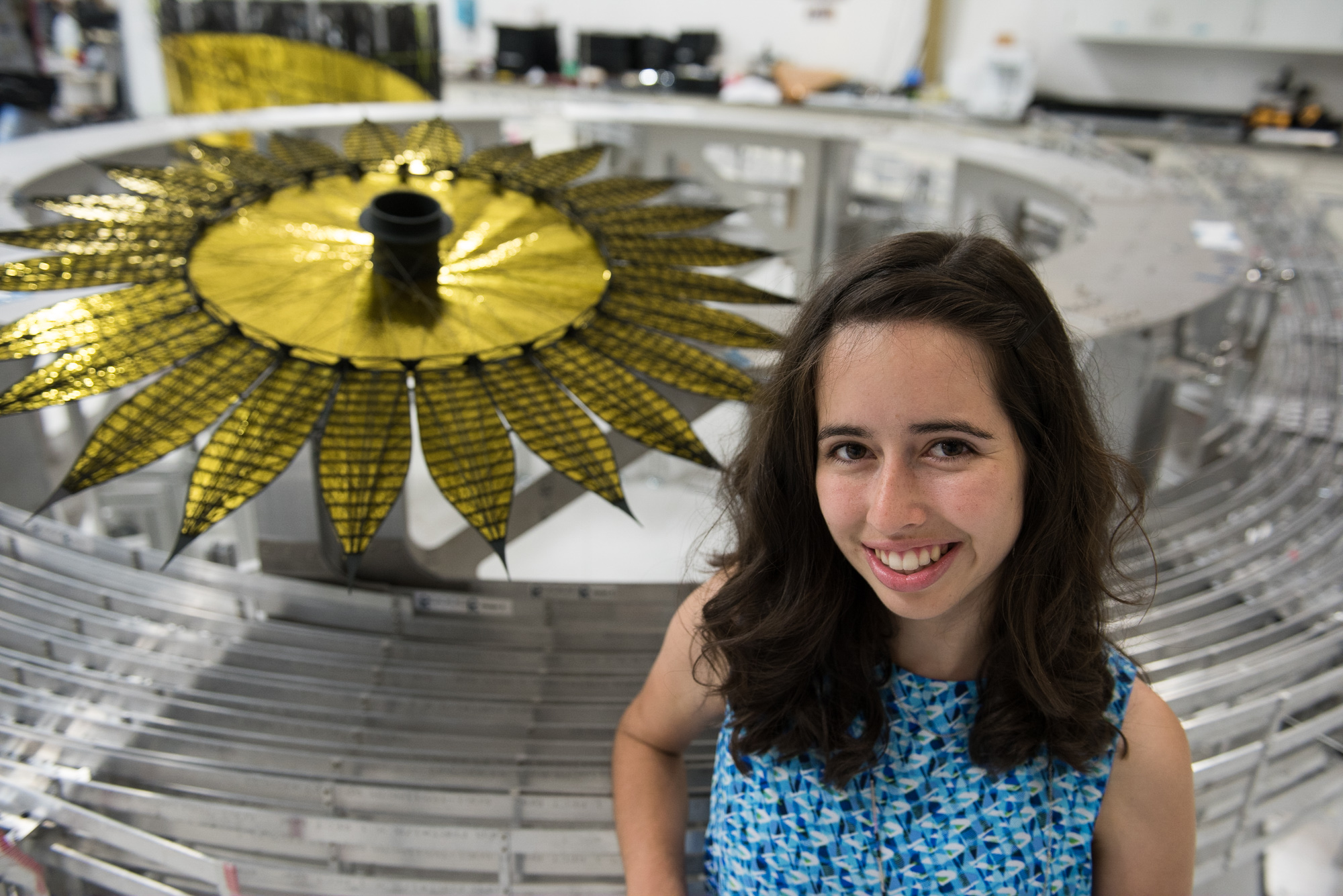For someone who spends most of her time thinking about outer space, Sophia Sánchez-Maes is firmly grounded in her research here on Earth. From examining algae to studying exoplanets, the burgeoning astrophysicist retains a refreshing curiosity about the world, something she believes is essential for science. That curiosity is a driving force in her life both in and out of the laboratory.
Sánchez-Maes currently studies astrophysics and the exploration of exoplanets, planets that orbit stars outside of our solar system, but her scientific career spans several years and subjects. She has previously worked to improve sustainable energy and create new computer simulations, but in all disciplines, her work is rooted in the simple appreciation of science as a force for positive, unfettered good.
Sánchez-Maes’ first introduction to physics began at an early age. At 15 years old, she started her first job at the Center for High Technology Materials, where she worked in optics, a branch of physics that studies the properties of light. There, she began thinking about algae as an energy alternative to coal and petroleum. She was dissatisfied with the current methods of biofuel production, which used huge amounts of energy, produced high levels of carbon dioxide, and were often too expensive to be sustainable. “It took more energy to produce the fuel than the fuel actually contained,” she said. “That was the problem that I was determined to solve.” Using a computer simulation, she calculated the optimal conditions for algae growth and began researching Galdieria sulphuraria, a species of red algae. She experimented with using subcritical temperatures and catalysts to convert the algae into fuel, hoping to increase the algae’s energy yield. In time, she demonstrated that this “pressure-cooking,” also called hydrothermal liquefaction, of the algae produced net gains in energy, an improvement over earlier methods.

Although her research on algae earned her numerous accolades and a meeting with Barack Obama, Sánchez-Maes soon took on a new challenge: the study of astrophysics. After a local job fair, she received an offer from NASA’s Jet Propulsion Laboratory and weighed her options. “One of my friends told me, ‘Sophia, how is this even a choice? You have this out-of-the world option. Literally out-of-this-world’,” recalls Sánchez-Maes. Ultimately, her decision to work at NASA paid off. “I got to do amazing code with amazing people… it was a really spectacular place.”
At the Jet Propulsion Laboratory, Sánchez-Maes began her interstellar exploration by creating computational models for the Curiosity and Mars 2020 rovers. The models simulated the rovers’ mission variables and electronic inputs. By simulating how heat would transfer through the machine, the program calculated how to safely operate the machines on Mars.
Last summer, Sánchez-Maes continued her work at NASA, this time with the Exoplanet Exploration Program, where she worked on telescope and exoplanet detection technology. She primarily worked with the radial velocity method of detecting exoplanets, which involves observing a star’s spectrum to see if the star “wobbles” due to the pull of nearby exoplanets. The method is not always straightforward: “The stars themselves produce radial velocity… the more active the star, the harder it is to find the mass of the exoplanet,” Sánchez-Maes explained. So, she designed code to analyze the effects of a star’s movement on her results. The code first adds the movement into an already analyzed spectrum. Then, it applies the radial velocity method to the new spectrum. From there, she can see how accurate the radial velocity is when there is stellar interference.
Despite her scientific achievements and time-consuming projects, Sánchez-Maes still finds time to think about the social issues in her field. In particular, Sánchez-Maes hopes to expand scientific spaces for women and minorities in STEM. In 2015, she launched Girls Get Tech, a summer program that teaches young Latinas how to code, in the hopes of making computer science and technology more accessible.
Clearly, Sánchez-Maes is devoted to her field. A scientist in the true meaning of the word, she continues to march toward bigger and brighter innovations in astrophysics. Looking forward, Sánchez-Maes is determined: “We can do better. Everyone can do better.”

